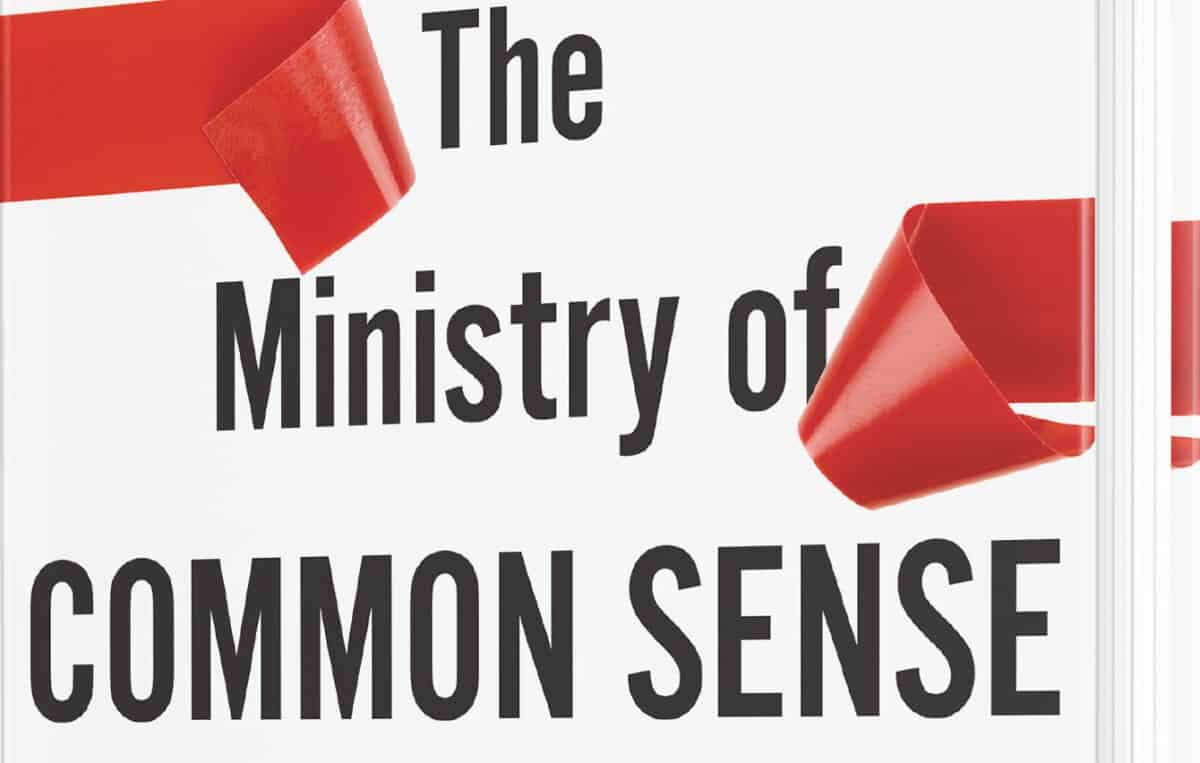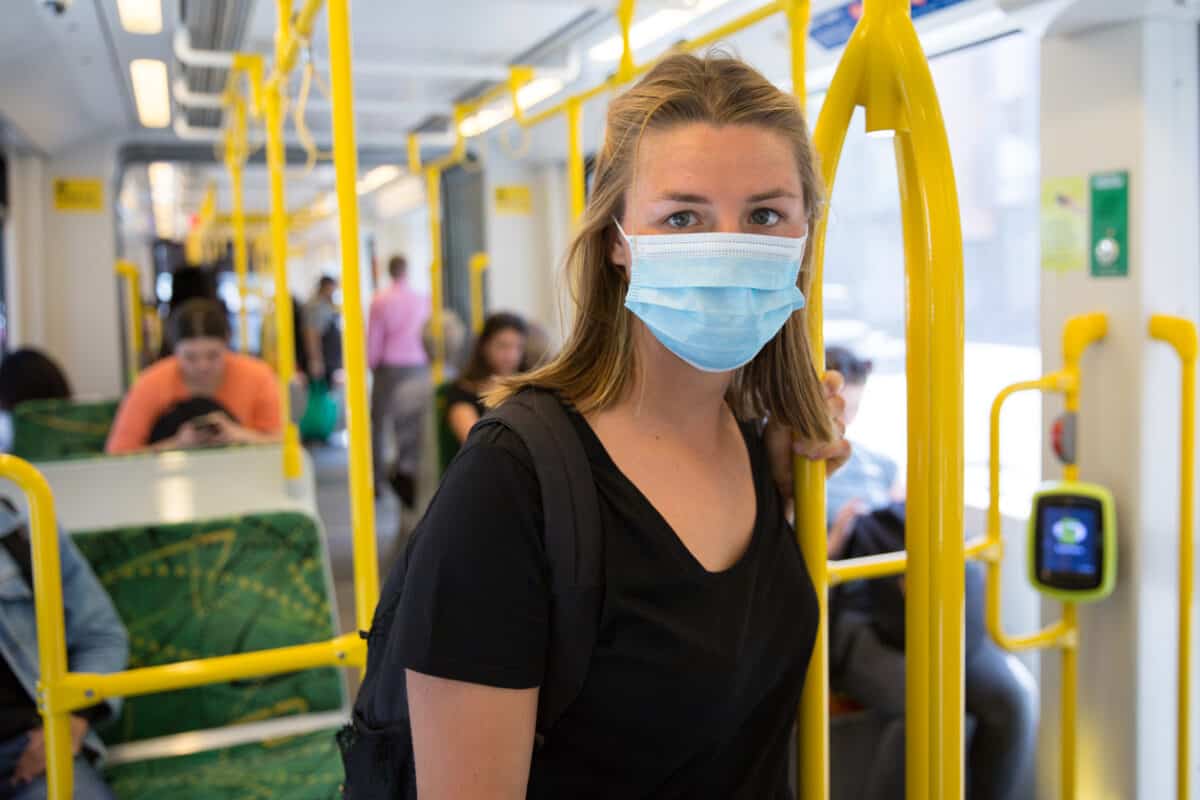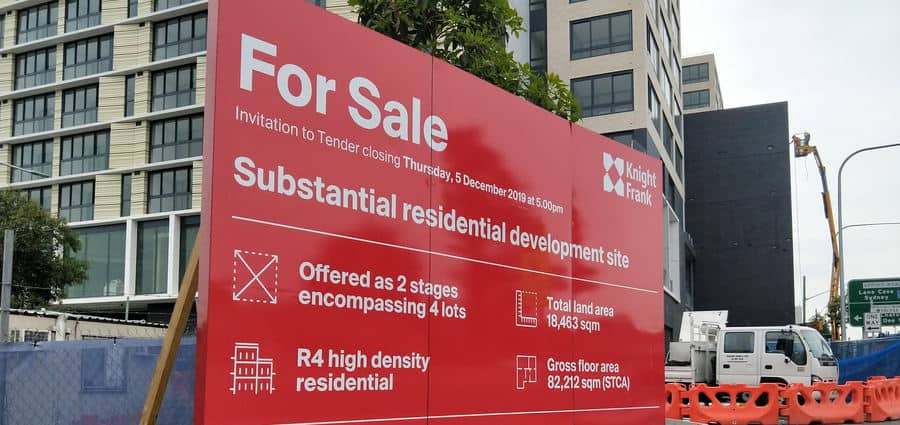I found Martin Lindstrom’s latest book, The Ministry of Common Sense, very funny, then anger replaced funny and I had to put down the book and come back to it later. The book is excellent but all the examples of corporate nonsense that Lindstrom provides can be overwhelming. It also contains dozens of examples that are very close to my own experience and, in many cases, nonsense that I have created or supported when advising clients about occupational health and safety (OHS). SafetyAtWorkBlog asked Lindstrom about how Common Sense fits with OHS.
Category: consultation
Mandatory COVID19 vaccinations? Yep.
Each Monday in January 2021, workers are returning to workplaces, worksites, and offices, often with regret that the Christmas/New Year break was not long enough. This year their return is complicated by concerns about COVID19.
The major talking point, at least in Australia, is “can an employer force a worker to be vaccinated as a condition of returning to work?” and the answer seems to be “Yes”.
Creating a scaffolding standard that already exists?!
The judgement against GN Residential Construction P/L, part of the Ganellen group, is now publicly available. GN/Ganellen pleaded guilty to work health and safety breaches that lead to the death of a young worker (Christopher Cassaniti) and serious injuries to another worker (Kahled Wehbe), and was fined $900k. The judgement provides much more detail than the media reports at the end of last year, with important information about scaffolding and also a requirement to establish a “Scaffolding Industry Safety Standard Working Group”. The curious part of this latter requirement is that New South Wales has had an industry standard for scaffolding since 2008.
What did we learn in Senate Estimates last week?
Australia has a process of accountability where Ministers and Heads of Government Departments and Authorities are required to answer attend Senate Estimates. Few people outside of the Canberra bureaucracy pay much attention to the occupational health and safety (OHS) information provided. Most media pay attention to disputes and statements that have a more general political appeal, but there is important information about workplace health and safety, such as an update of the progress on Marie Boland’s recommendations or the role and activity of Safe Work Australia (SWA).
Work-related mental health remains contentious
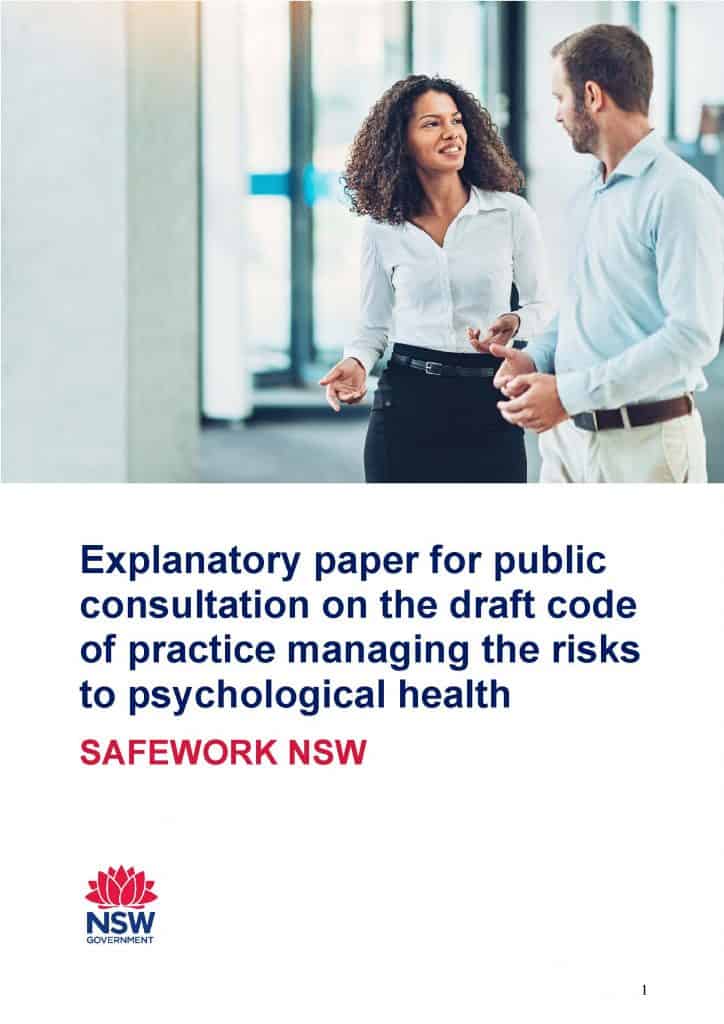
This article is about SafeWorkNSW’s recently released Draft Code of Practice for Managing the Risks to Psychological Health, but it is not going to focus on the Code. Instead the focus will be on the supplementary Explanatory Paper because this presents the rationale for the Code’s contents and, in many ways, is a more useful tool for occupational health and safety (OHS) discussions. However, just as the Code has structural and legislative limitations as part of its Purpose, the Explanatory Paper is a support document for submissions on the Draft Code and therefore has its own limitations.
Getting distracted from safety
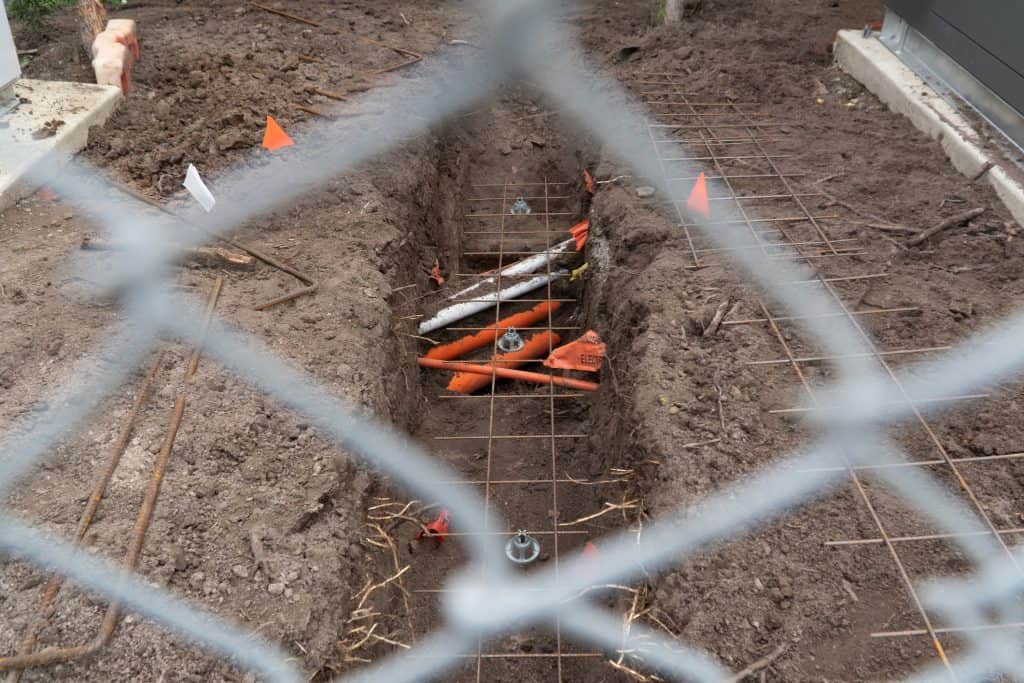
Seven years ago, the Australian Capital Territory (ACT) suffered a spike of workplace deaths in the construction sector. The then WorkSafe Commissioner produced a report, supported by at least one conference and extensive consultation, which proposed substantial changes. All of the recommendations from the 2012 Getting Home Safely report were accepted by the government and construction had no deaths for several years after but recent deaths have resurrected tensions between the ACT Government and the Master Builders Association (MBA).
…. but quad bikes remain unsafe
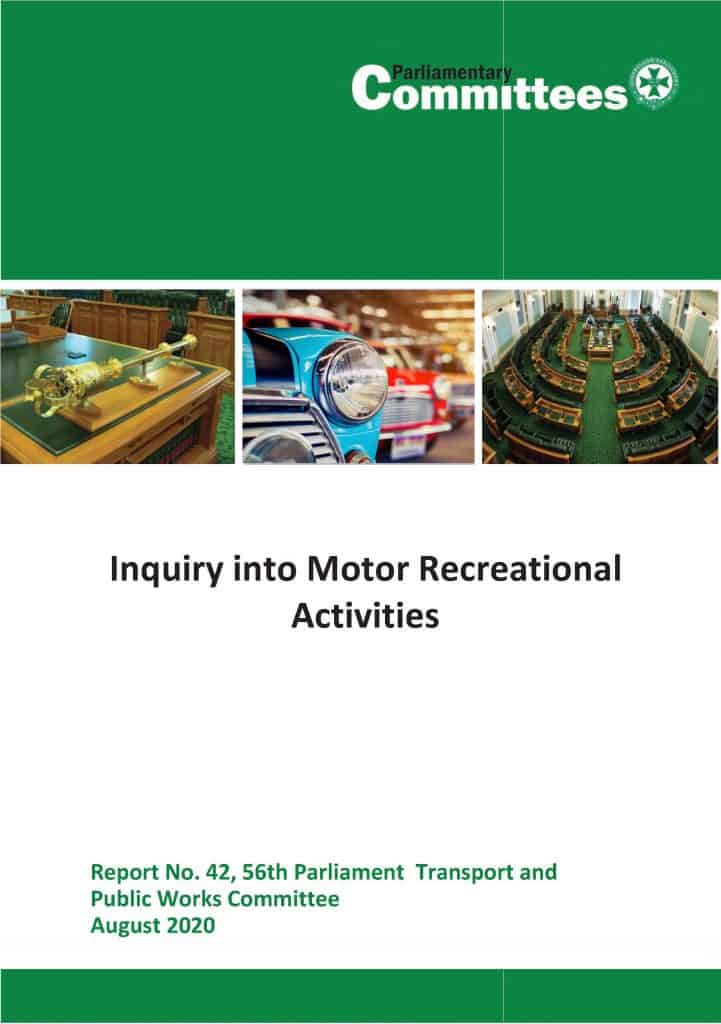
Most of the frustration of the manufacturers of quad bikes is aimed at the Australian Competition and Consumer Commission (ACCC) for imposing new safety requirements. However, another independent assessment of the evidence and the Australian controversy recently released its findings.

